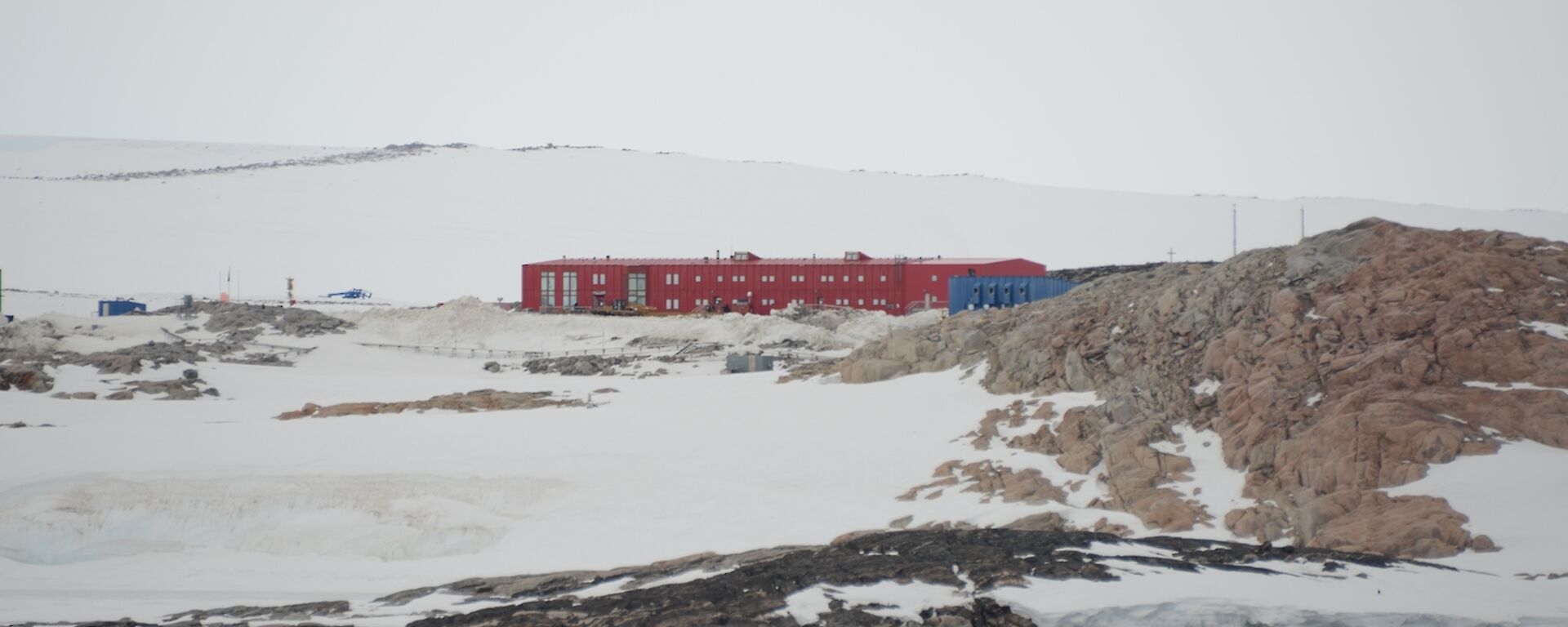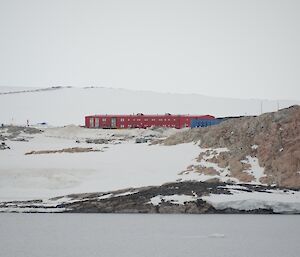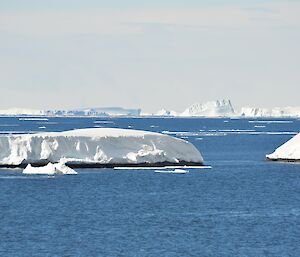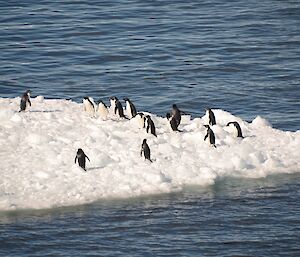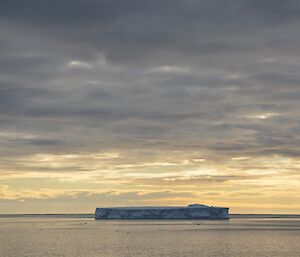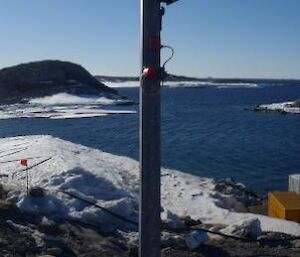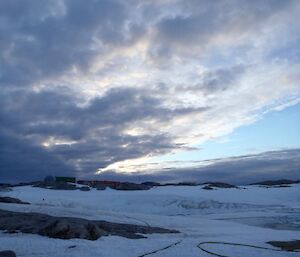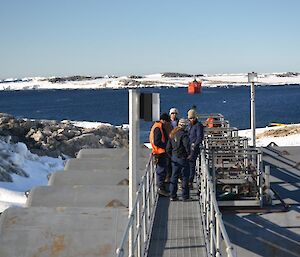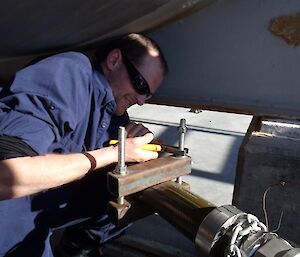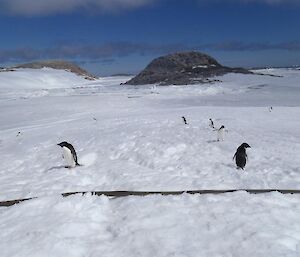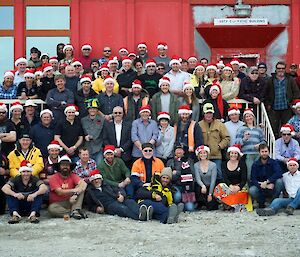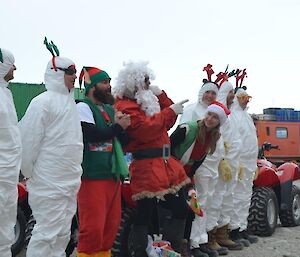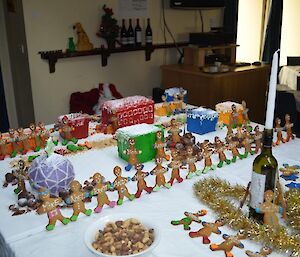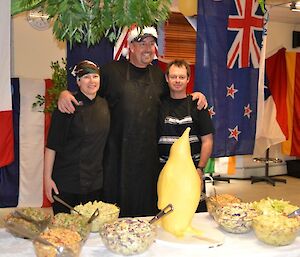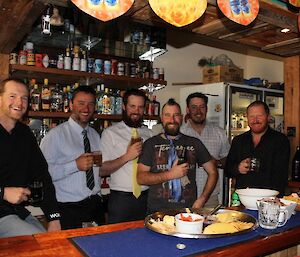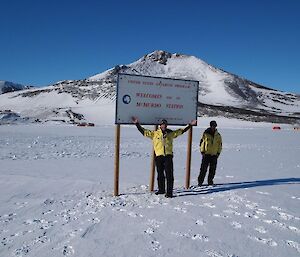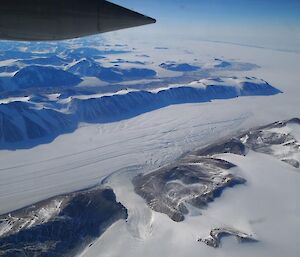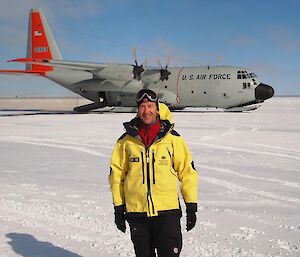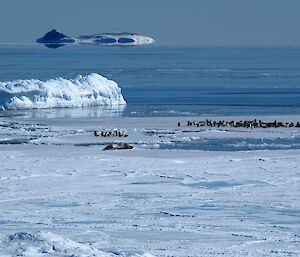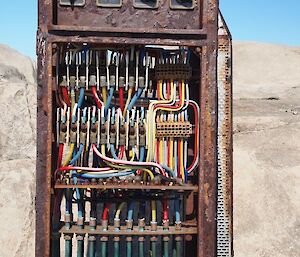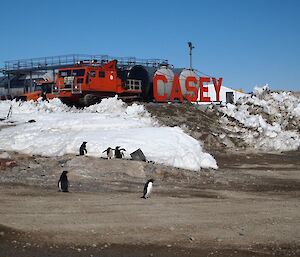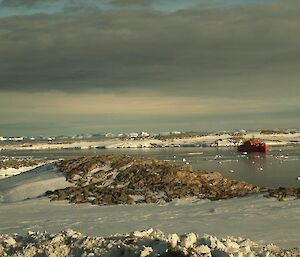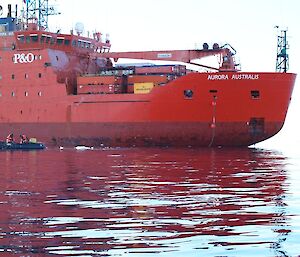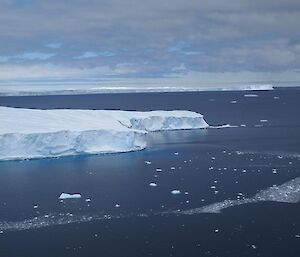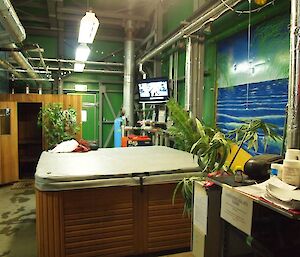On the 9th December, the remainder of the wintering and summering teams of the 65th ANARE arrived off Casey Station in the Aurora Australis, eight days after leaving Tasmania. We left Macquarie Wharf on the 100th Anniversary of Mawson’s 1911–1914 expedition and enjoyed a morning of celebrations on the Derwent in spectacular Hobart weather. It is an experience I am sure none of us will forget.
Whilst the passage to Antarctica was relatively calm and rapid, the weather hampered us upon arrival and we were unable to go ashore at Casey for two days due to strong winds. When we did at last set foot on the continent, it was a beautiful sunny day and a balmy temperature of 2°C meant that t-shirts and sun screen were the order of the day.
The addition of another 33 people to the population meant that the pace of the station moved from busy to frenetic and the tasks of resupply, refuelling and handover of the station from the 64th to the 65th ANARE all started in earnest.
Variable weather plagued the resupply, including a record breaking blizzard just prior to Christmas (reported in the last edition of Icy News). Hard work, patience and careful planning eventually paid off and on December 27, after 19 days, we waved goodbye to the Aurora Australis as it departed Newcomb Bay, leaving behind a much relieved and fully resupplied station.
Since then we have celebrated (a belated) Christmas and New Year, packed everything away and started work in earnest on the summer infrastructure, maintenance and science programs.
We are all now looking towards a safe, productive and enjoyable summer before those of us staying until next Christmas settle in for the long winter. All of us, summer and winter expeditioners alike, keenly feel the privilege of being part of the 65th ANARE at Casey Station in this, Australia’s Antarctic Centennial year.

